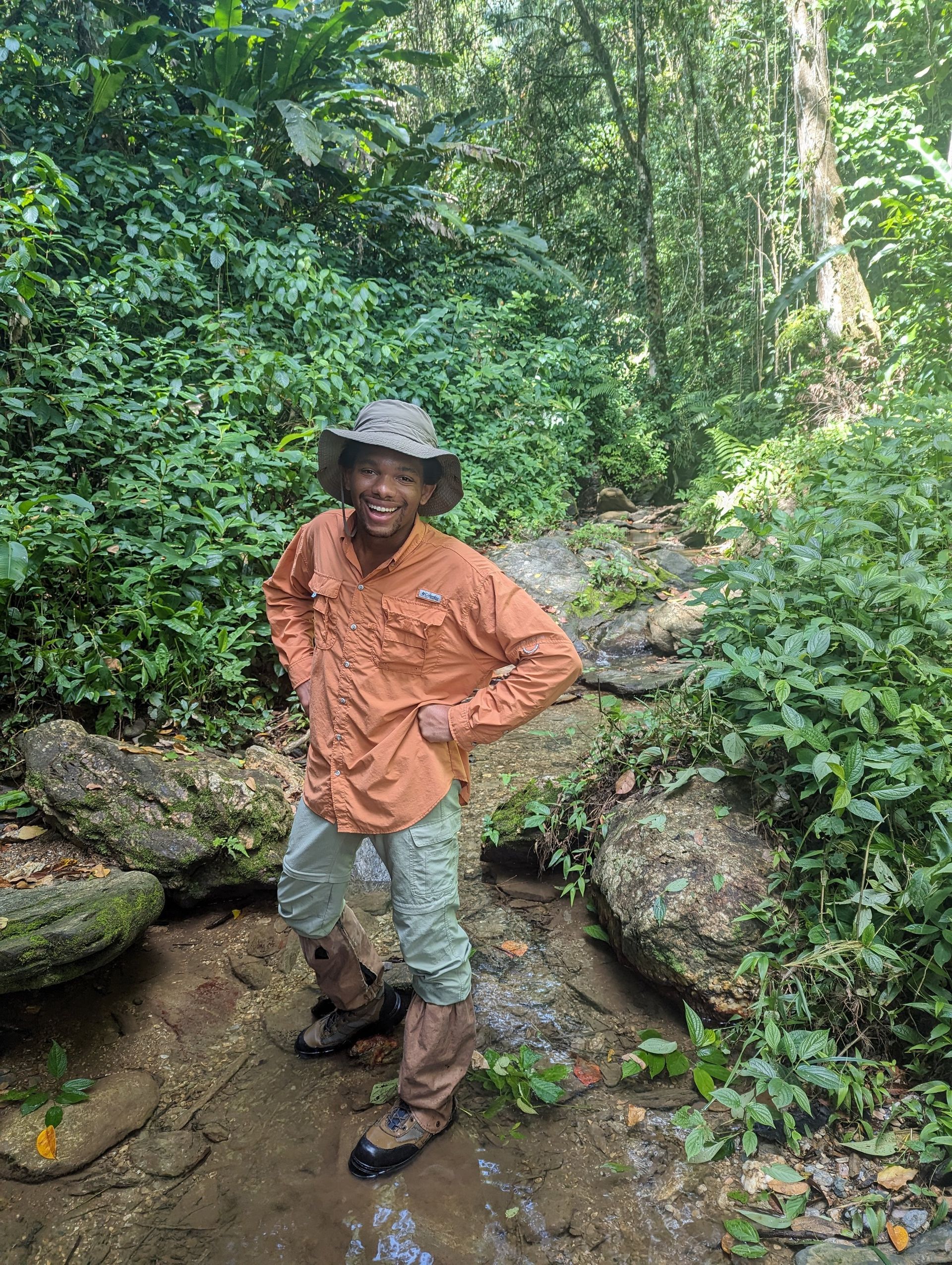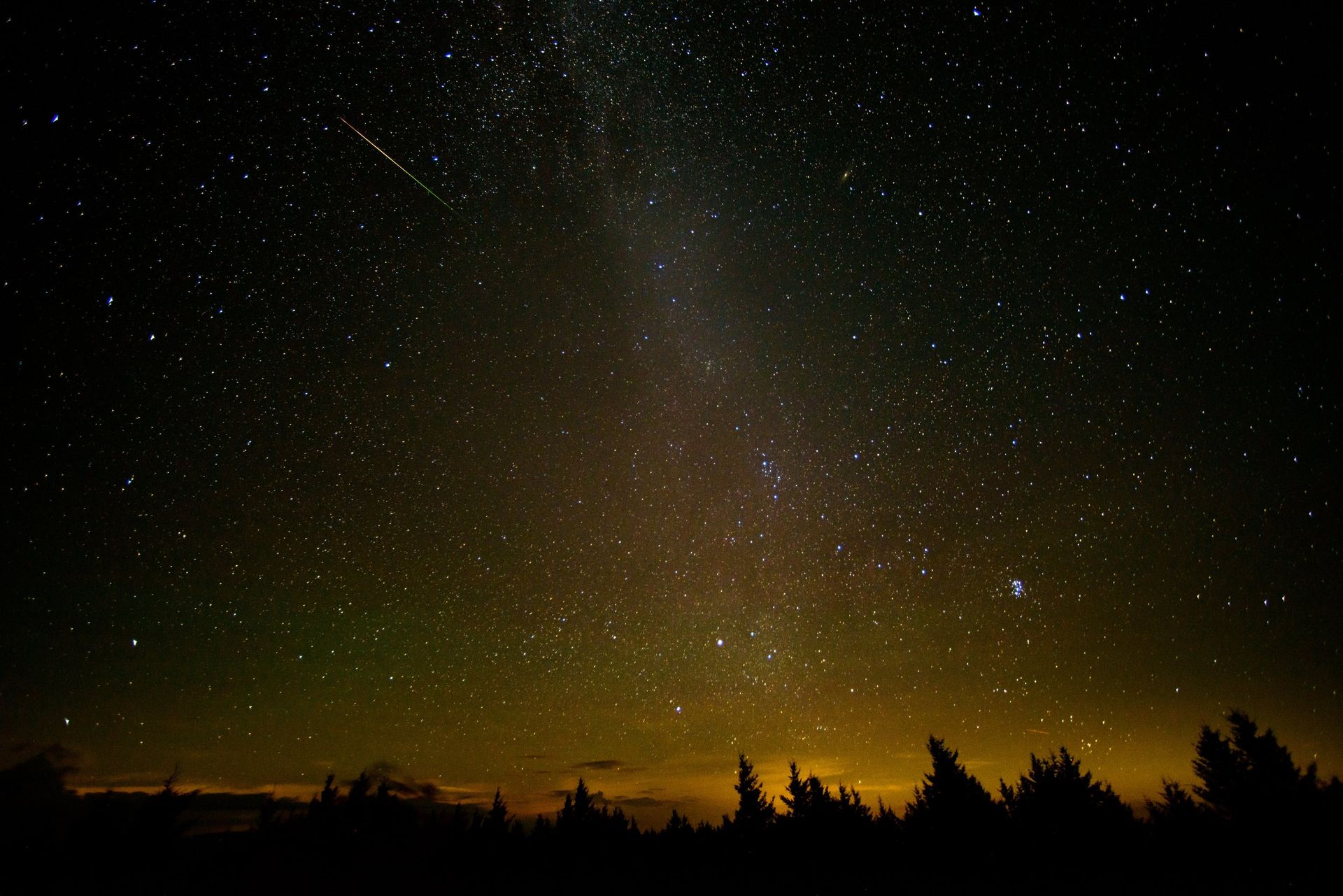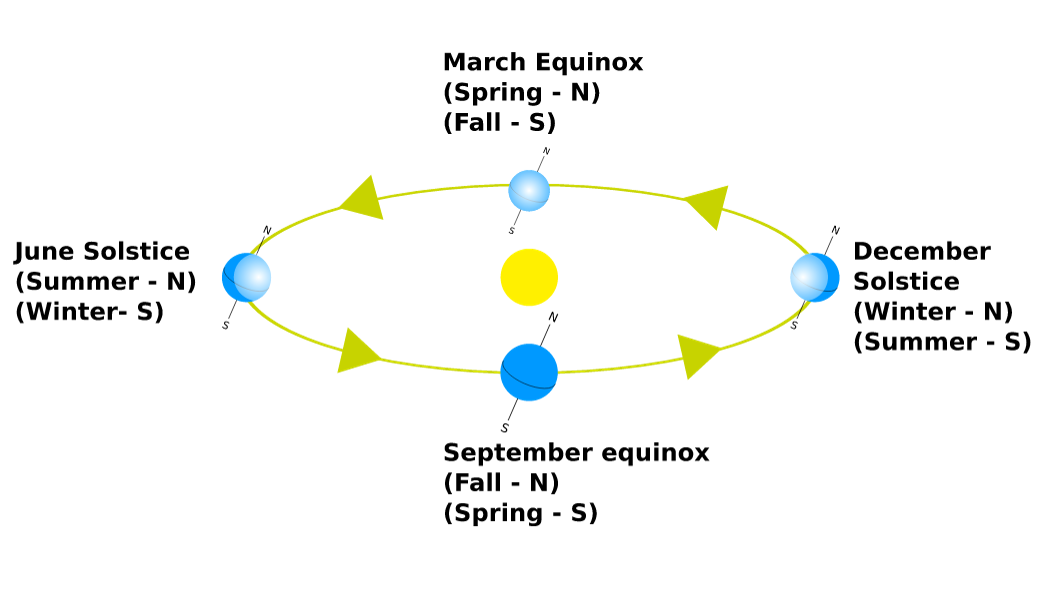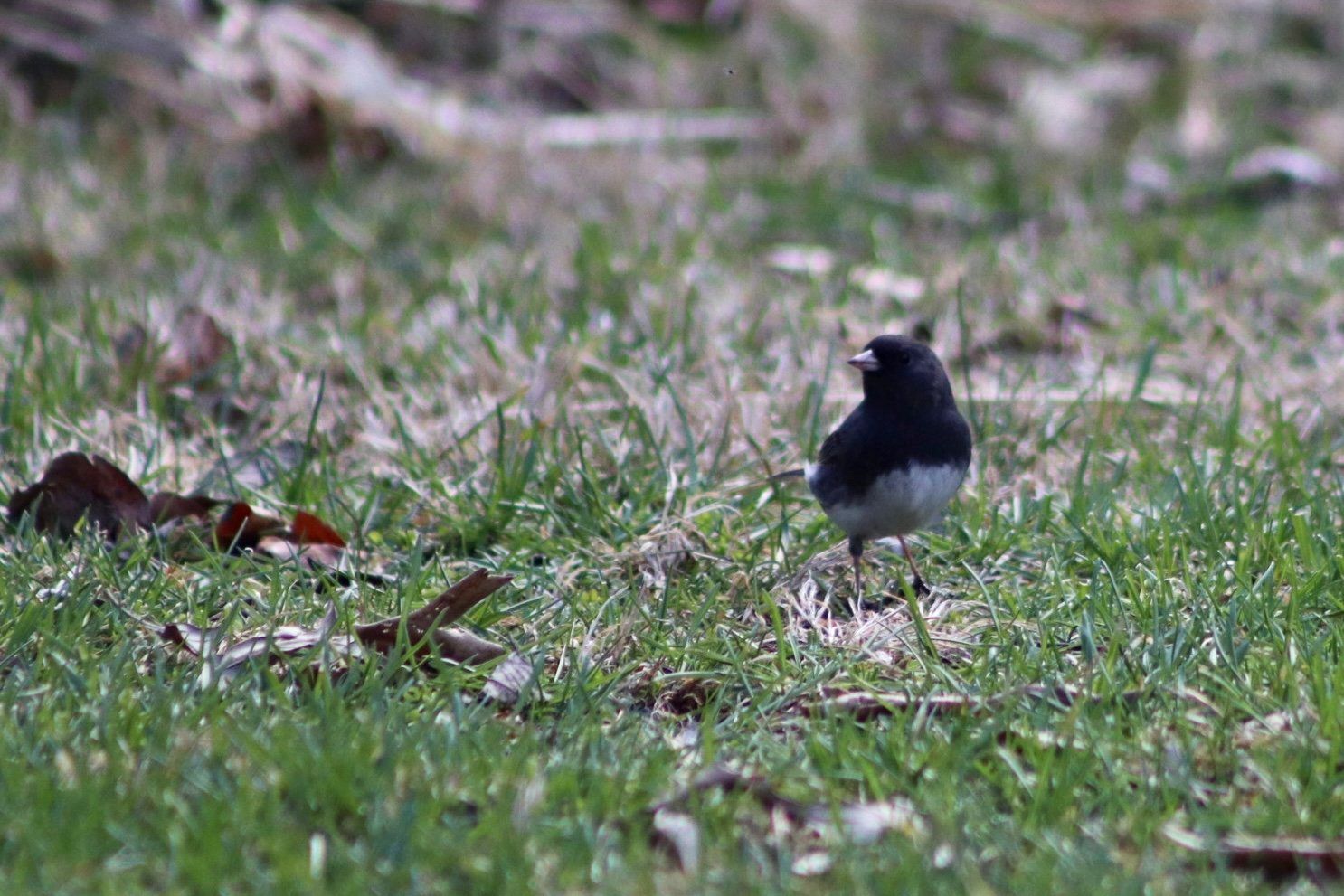
How To Prepare For A Winter Hike
How To Prepare For A Winter Hike
By midwinter, the urge to hibernate can start to feel constricting instead of comforting. What better antidote to being cooped up indoors than a winter hike? Despite the initial cold, getting outside during the winter months offers serene landscapes and peaceful solitude unlike any other time of year. It can also alleviate seasonal affect disorder , boost your immune system , and help ease the cabin fever feeling that often accompanies the winter months. With the correct preparation, hiking in the winter doesn't need to be a daunting undertaking.
Here’s what you need to know before you go:

Planning your hike:
The first step in preparing for your winter hike is to plan your excursion! Here are some things to keep in mind when planning your hike:
Be prepared for the weather:
-
Check the weather forecast while planning your hike and right before you begin your hike. Weather can change quickly in the winter, and blizzard conditions can be dangerous.
-
When in doubt, don’t go out.
Be prepared for shorter days:
-
Bring a headlamp and start early as it may start to get dark in the late afternoon.
-
Winter hiking tends to take longer than summer hiking because you move slower and encounter more obstacles, so make sure you account for that while planning your trip.
Research trail conditions:
-
Trail crews aren’t as active in the winter, so it’s always a good idea to check trip reports to get a sense of conditions on the trail and access to the trailhead before you hit the road. I recommend using AllTrails!
Know where you are going:
-
In winter, some trails are not marked or maintained, and snow-covered landscapes look very different than they do in summer. Make sure you know your route, and don’t rely on others' tracks which can lead you astray.
-
Don’t rely on your cell phone for navigation. In cold weather batteries in electronics do not hold their charge as well, so always carry a map and compass (or GPS) and know how to use them.
Take precautions:
-
Discuss your plans with family or friends. Make sure someone knows where you are going and when to expect your return.
-
Always be willing to turn around. Weather and trail conditions can change quickly as snow falls and melts.
-
Keep off ice. Streams and lakes can have thin ice and be very dangerous.
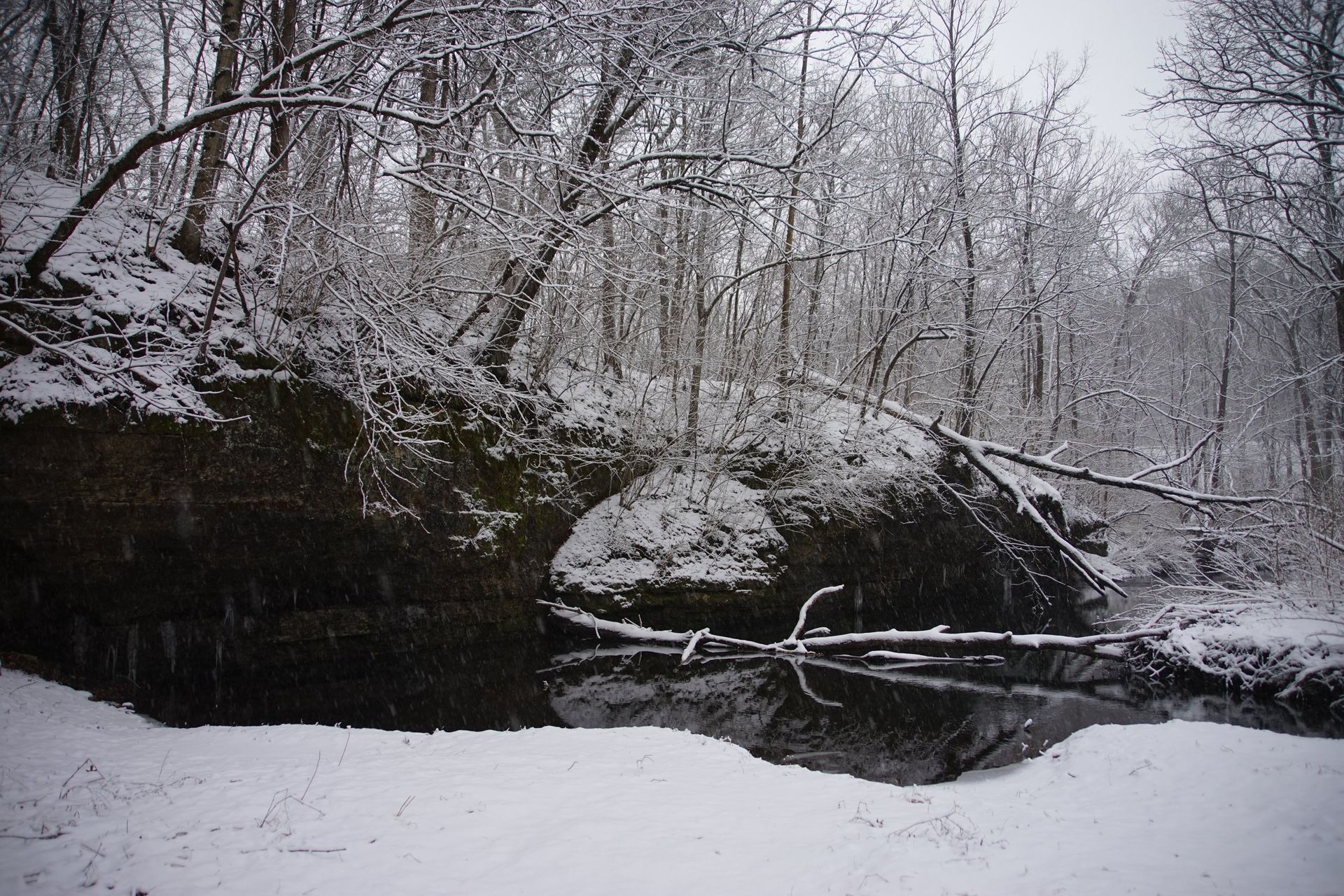
What to wear on a winter hike:
Dress in layers:
-
The goal with layering is to add and remove layers throughout your hike so you can stay warm and comfortable without overheating and getting sweaty. Stopping to add or take away layers may seem like a hassle, but it’s important to stay dry. Getting wet on a cold day could possibly lead to hypothermia.
-
Try to follow a 3 layer system, including a moisture wicking base layer, an insulating mid layer, and a waterproof, windproof outer layer.
Avoid Cotton:
-
Cotton kills: Avoid wearing cotton, which takes a long time to dry once it gets wet. Instead, opt for a merino wool or a moisture wicking synthetic base layer instead to ensure you dry quickly incase you get wet.
Keep your extremities warm:
-
Wear a hat. Our heads are filled with oxygen-carrying capillaries which fuel our brains and consume one-third of our body’s energy. You need to make sure to keep your head warm to maintain function and not lose body heat.
-
Bring two pairs of gloves in case one pair gets wet!
-
Wear wool or thick synthetic socks.
-
Hand and toe warmers are also a great way to warm up your toes and fingers by sticking them inside your socks/gloves.
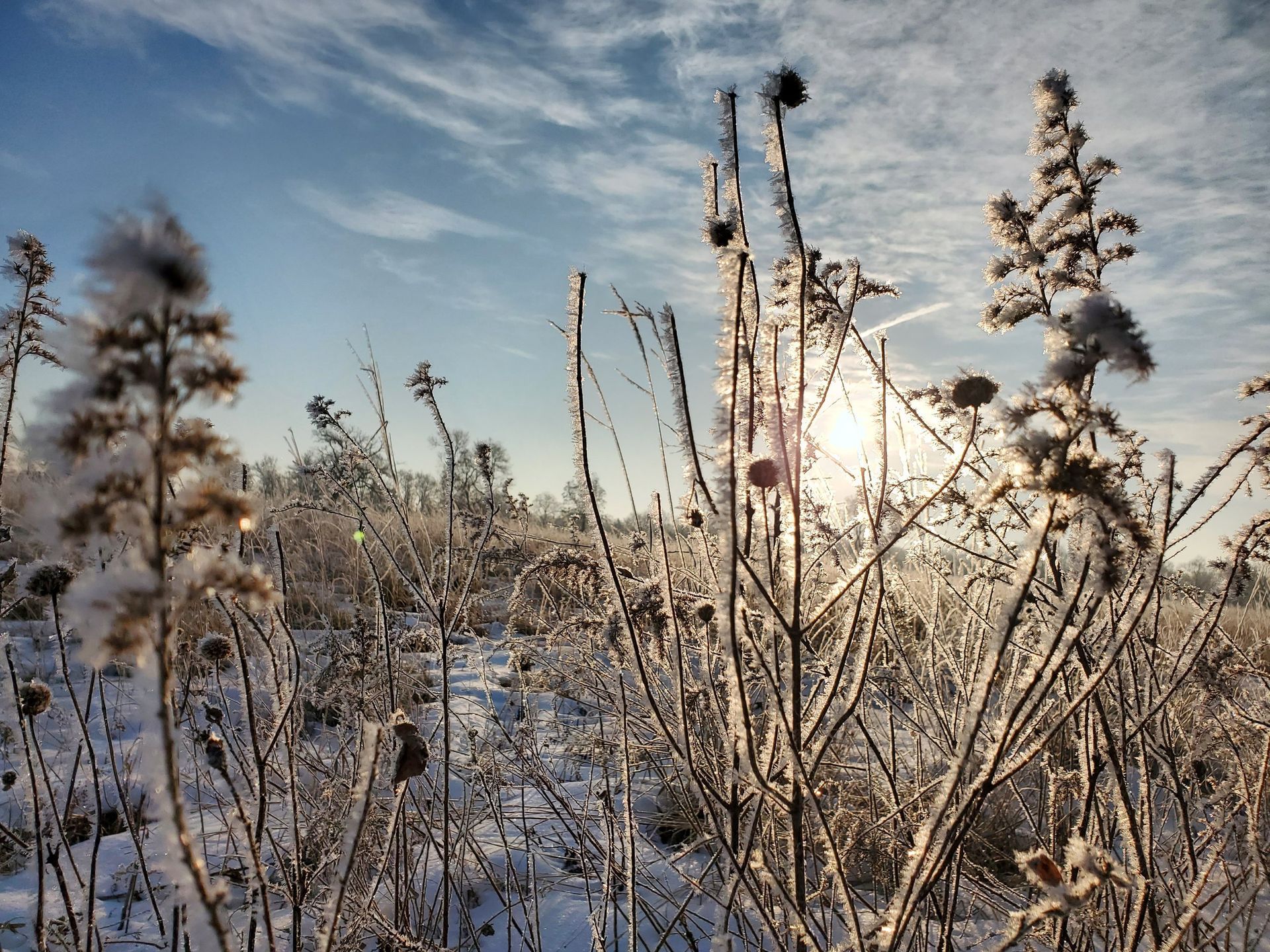
Food and Hydration Tips:
Fuel up before you go:
-
Your best heat source is your body’s metabolism, so eat a filling meal before you embark on your adventure.
-
Make sure you remember to eat and drink throughout your hike.
Keep food and water from freezing:
-
Prevent snacks from freezing by stowing them close to your body.
-
Water bottles tend to freeze, so before you go out make sure you fill your water bottle with warm water. Bottles typically freeze from the top down, which means the bottle tops are prone to getting stuck shut. Flipping your bottles upside down will solve that problem. Storing water in your pack will also offer some extra insulation.
-
Pack warm beverages, such as coffee, tea, or hot chocolate in a thermos.
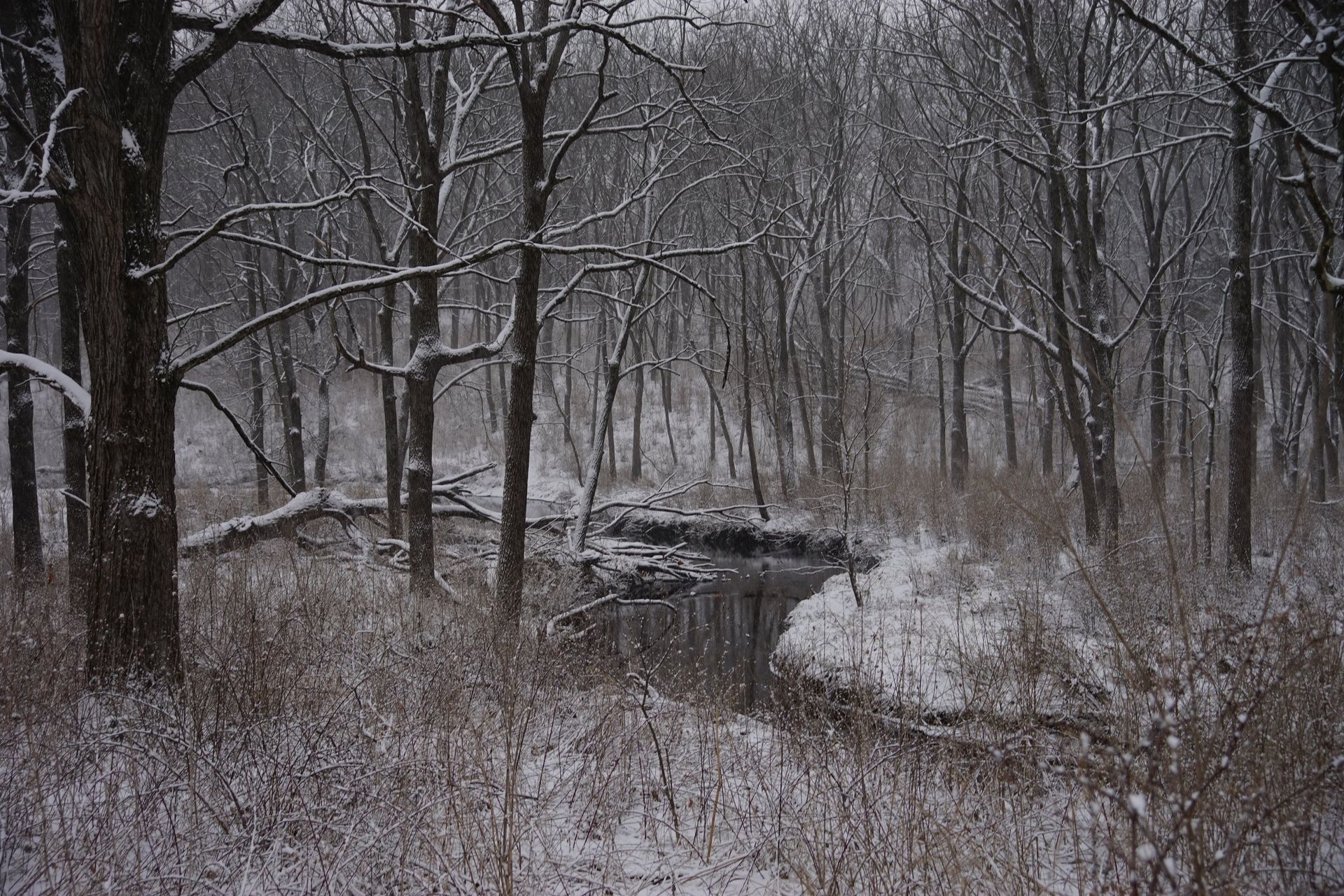
Cold related injury and illness:
In the winter, frostbite and hypothermia are the primary health concerns. The best way to protect yourself from these conditions is to prevent them from occurring in the first place. To do this you must take proper measures to prepare for your hike, and know what to do if these symptoms start to set in. If you feel too cold, don’t try to tough it out.
Frostbite:
Frostbite is the freezing of tissue, and it is most common on our extremities (fingers, toes and ears). There are three levels of the severity of frostbite, and it can be difficult to tell how extreme frostbite is until after the skin has thawed.
Signs of frostbite:
-
Skin is cold, waxy and pale. Skin will sometimes appear white or yellow tinged.
-
You may feel tingling, numbness or pain in the affected area
-
After thawing, blisters often form with superficial and deep frostbite
Treatment of frostbite:
-
Avoid hot water and rubbing of the affected area, as this can damage tissue.
-
Cover up the exposed skin and take the time to warm the affected area. Placing cold fingers in your armpits or toes on a partner’s stomach are both effective techniques.
-
After thawing you need to be very careful to not let the area refreeze.
-
Get to a doctor for treatment as soon as possible, as frostbite can cause permanent damage.
Hypothermia:
Hypothermia is the result of the body’s temperature dropping below normal. Hypothermia can be life threatening and must be taken seriously.
Signs of hypothermia:
-
Intense shivering
-
Obvious change in coordination (e.g. stumbling, falling)
-
Obvious change in mental status (e.g. confusion, memory loss)
-
Drowsiness or slurred speech
Treating hypothermia:
-
Get somewhere warm. If you can get a person indoors, do so. If you’re outside and far from shelter, do what you can to get away from whatever is causing the cold stress, such as getting out of the wind and off of snow.
-
Remove any wet clothing the person is wearing.
-
Warm the center of the person’s body (chest, neck, head, and groin).
-
Give the person water and food so they have enough energy to shiver, which is your body’s natural way of producing more heat.
Hiking is a great way to stay active and get out of the house in the winter. Now all you have to do is gear up and get outside. Happy trails!


